8 Edible Flowers to Transform Your Plate | Listslook

Beyond Beautiful: Welcome to the World of Edible Flowers
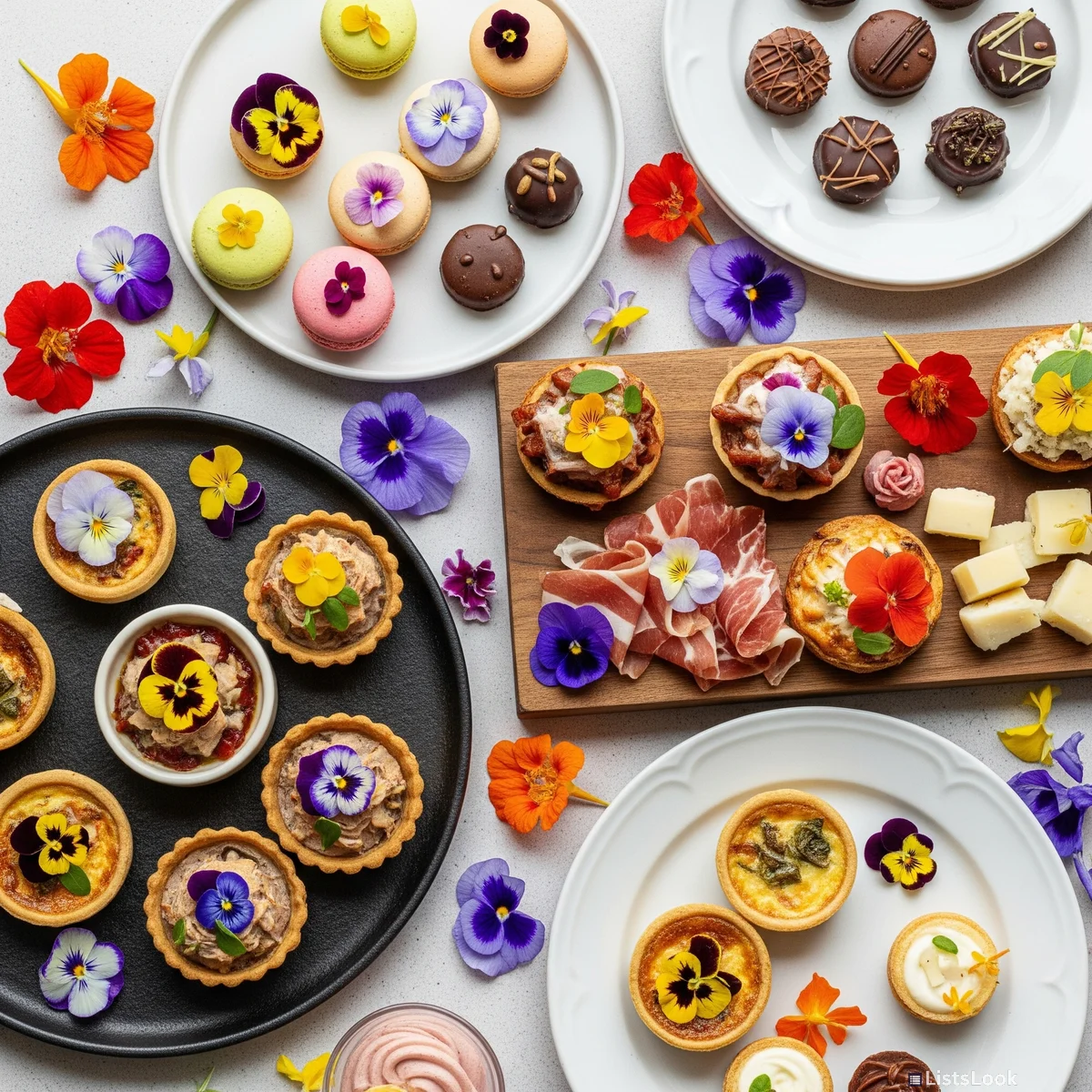
For centuries, cultures around the globe have incorporated flowers into their cuisine, not just for their stunning visual appeal, but also for their unique flavors. From delicate sweetness to peppery spice, edible flowers can elevate any dish. This isn't just about pretty garnishes!
We explore the surprisingly versatile world of floral gastronomy, providing a guide to safely and deliciously incorporating blooms into your cooking. Get ready to add a touch of magic to your plate and turn ordinary meals into extraordinary experiences. Thinking about using edible flowers? Let's dive in!
Nasturtiums: The Peppery Punch
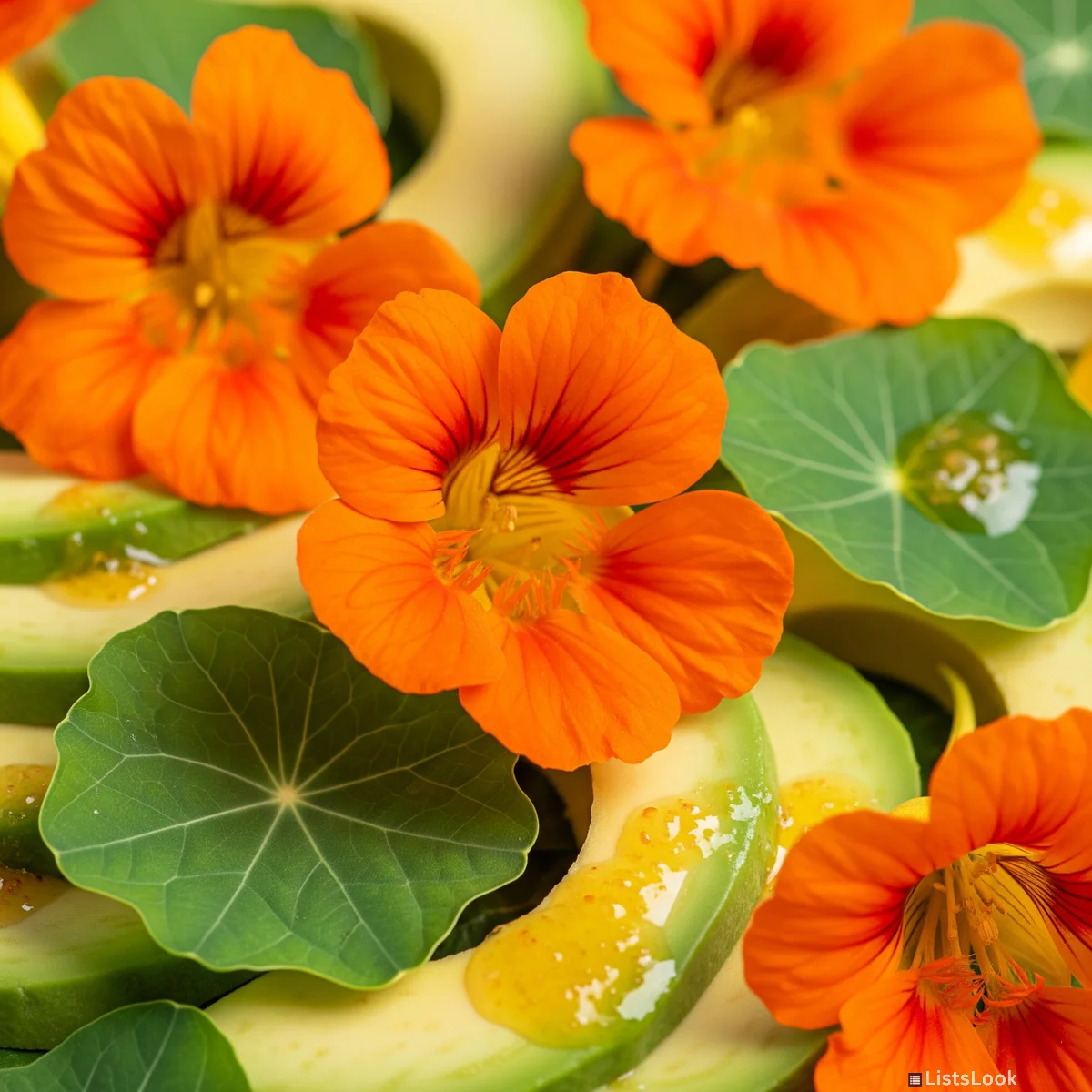
Nasturtiums are perhaps the easiest edible flowers to grow and boast a vibrant, peppery flavor that adds a delightful kick to salads, sandwiches, and even infused vinegars. Both the flowers and leaves are edible, offering a slightly different intensity.
Their bright orange, yellow, and red hues make them visually stunning. Try adding them to cheese platters or as a vibrant garnish for tacos. They pair exceptionally well with avocado and citrus. Remember to harvest them in the morning for the best flavor!
Pansies & Violas: Sweet and Versatile
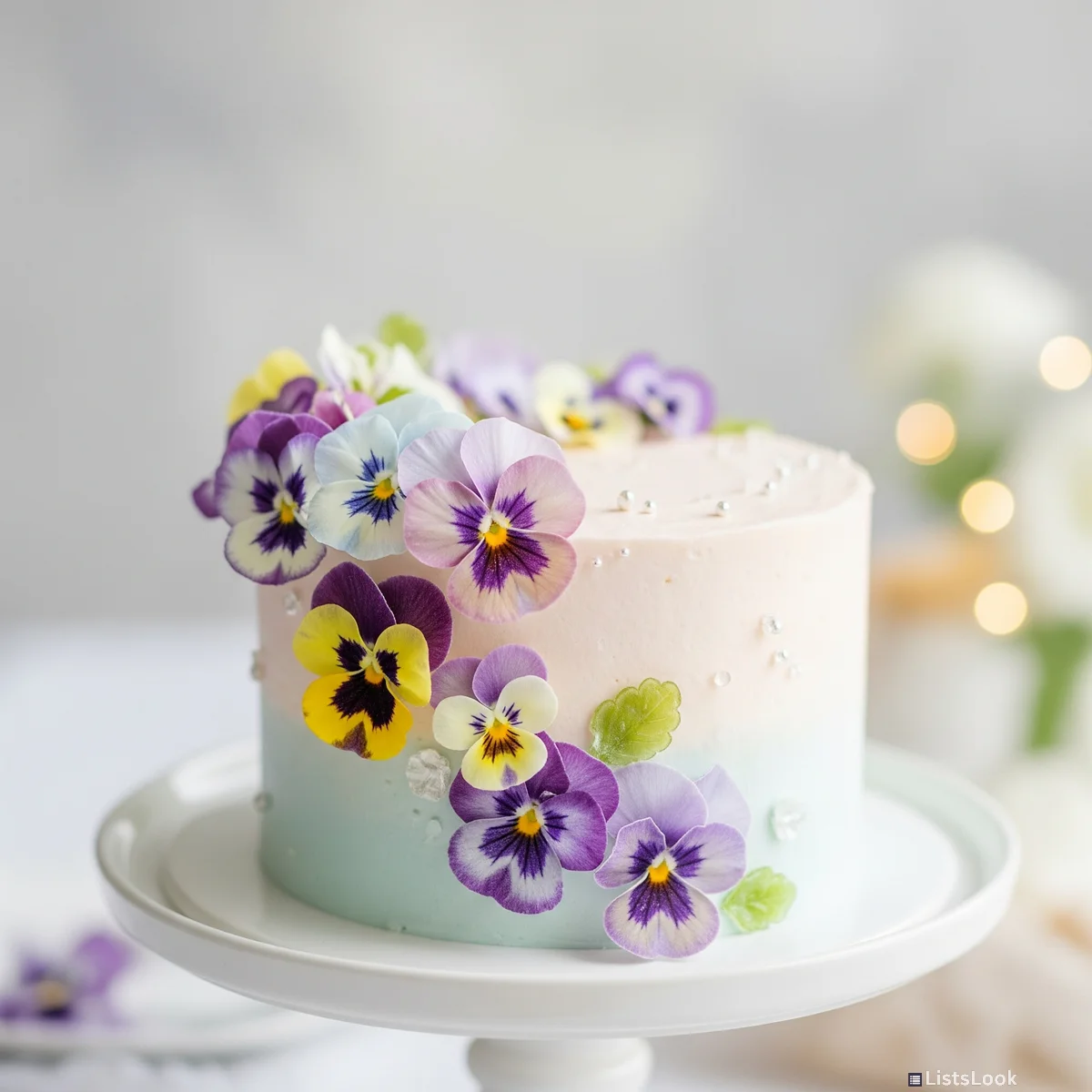
These cheerful blooms are edible and offer a mild, slightly sweet, grassy flavor. Pansies and violas are perfect for decorating cakes, cookies, and salads. They can be crystallized for a beautiful garnish or added to butter for a delicate floral flavour.
Because of their delicate texture, they're best used as a final garnish – adding them too early in the cooking process will diminish their colour and flavour. They come in a huge range of colours, making them ideal for colour coordinating your dishes!
Rose: A Classic Floral Flavor
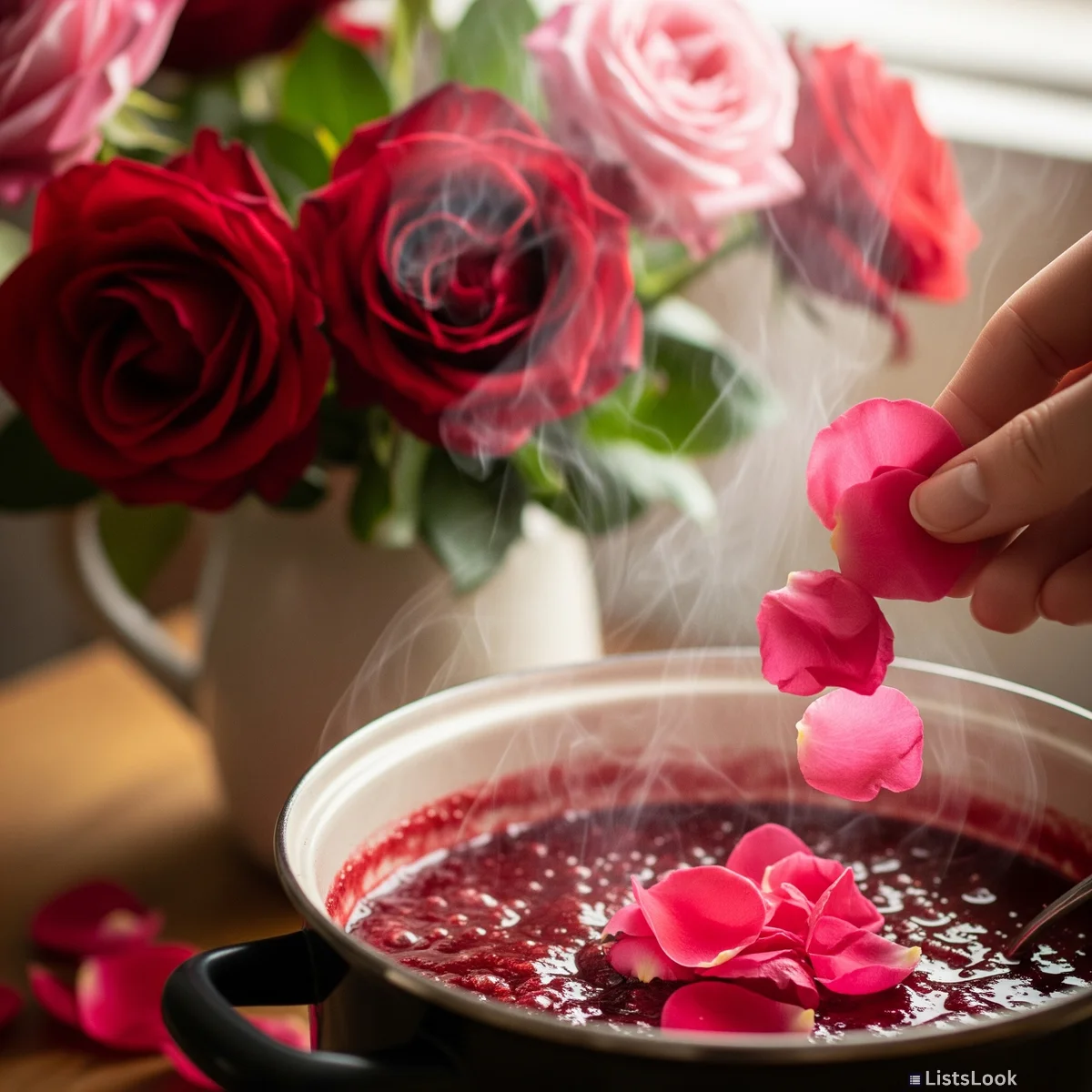
Rose petals offer a delicate floral aroma and flavor, ranging from sweet to slightly tart depending on the variety. Rose water and rose petals are commonly used in Middle Eastern and Indian cuisines.
You can use organic rose petals to make rose sugar, infuse into syrups, or add to desserts like macarons and jams. When selecting petals, ensure they haven’t been treated with pesticides. The darker the rose, the stronger the flavour. Don't be afraid to experiment—rose complements chocolate beautifully!
Lavender: Aromatic and Calming
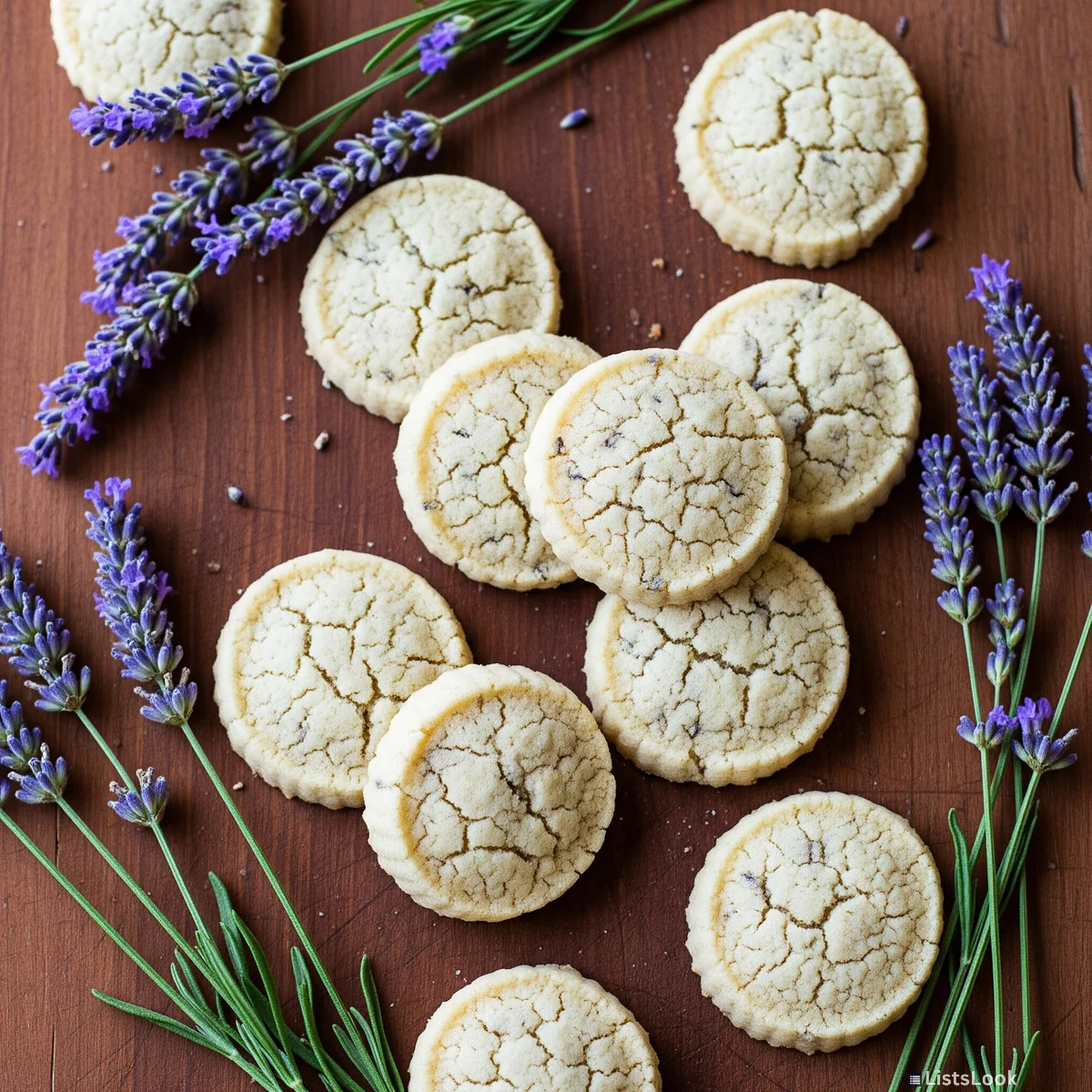
Known for its calming fragrance, lavender isn't just for aromatherapy! The tiny purple flowers add a subtly sweet and floral note to baked goods like shortbread and scones. It also pairs beautifully with lemon and berries, creating refreshing desserts or infused beverages.
Use lavender sparingly, as its flavor can be overpowering. Be sure to use culinary lavender, specifically grown for consumption. A little goes a long way in creating a unique and sophisticated flavor profile.
Squash Blossoms: Delicate and Savory
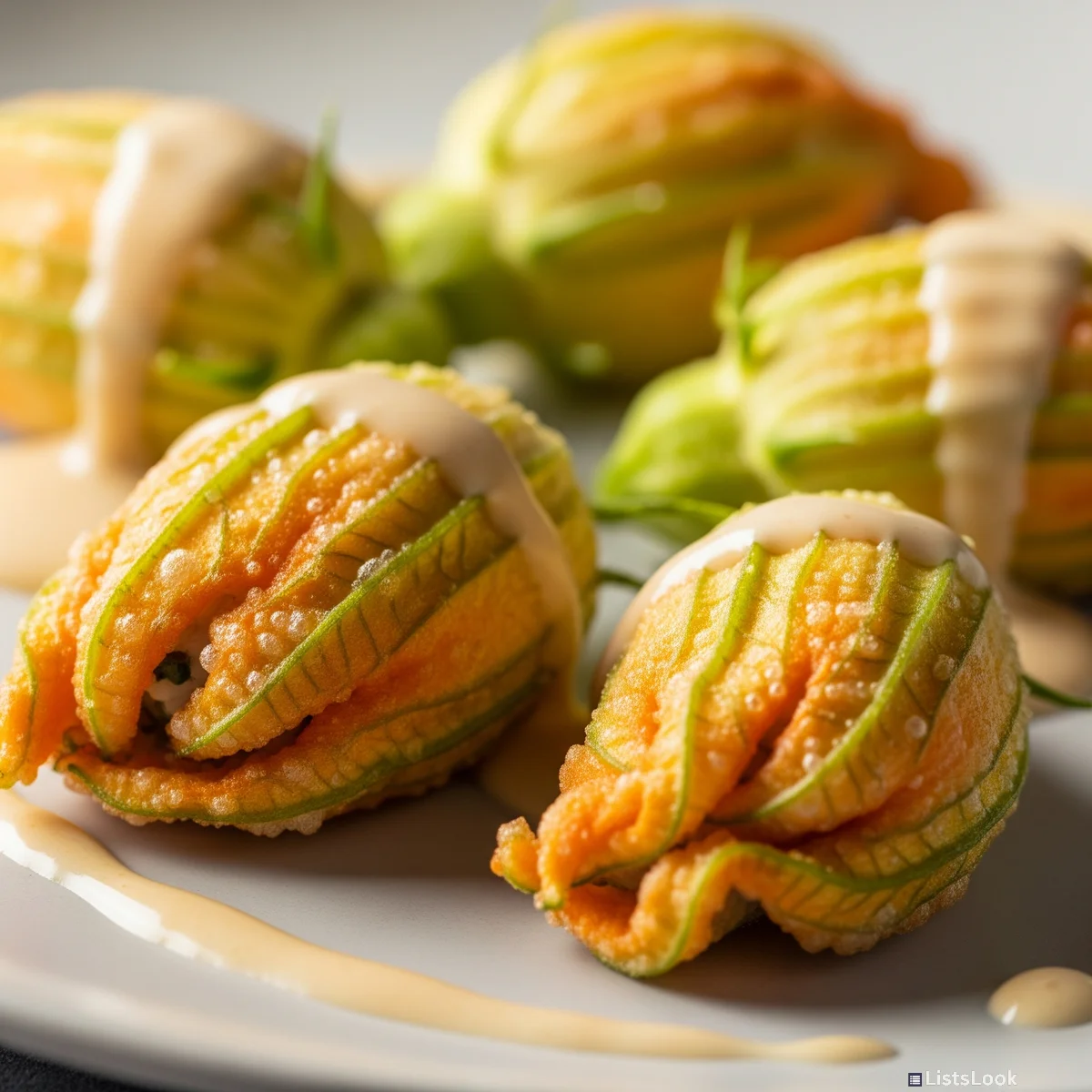
These vibrant, trumpet-shaped blossoms have a mild, slightly sweet squash-like flavor. Squash blossoms are delicious stuffed with ricotta cheese and fried, or shredded into salads and soups. They are best harvested in the morning when they are fully open.
They are a seasonal delight – typically available in summer. Because they are delicate, they need to be handled with care. Ensure your squash hasn’t been treated with pesticides when choosing blossoms.
Calendula: A Colorful and Mildly Spicy Addition

Often referred to as 'poor man's saffron,' calendula petals offer a peppery, slightly tangy flavor and a vibrant yellow-orange hue. They're a wonderful addition to salads, rice dishes, and even soups.
Calendula also has medicinal properties and has long been used in herbal remedies. The petals can be used to naturally colour butter or cheese. Ensure you are using organically grown calendula as it’s important to avoid any pesticide residue. Their colour is naturally very vibrant!
Hibiscus: Tart and Refreshing
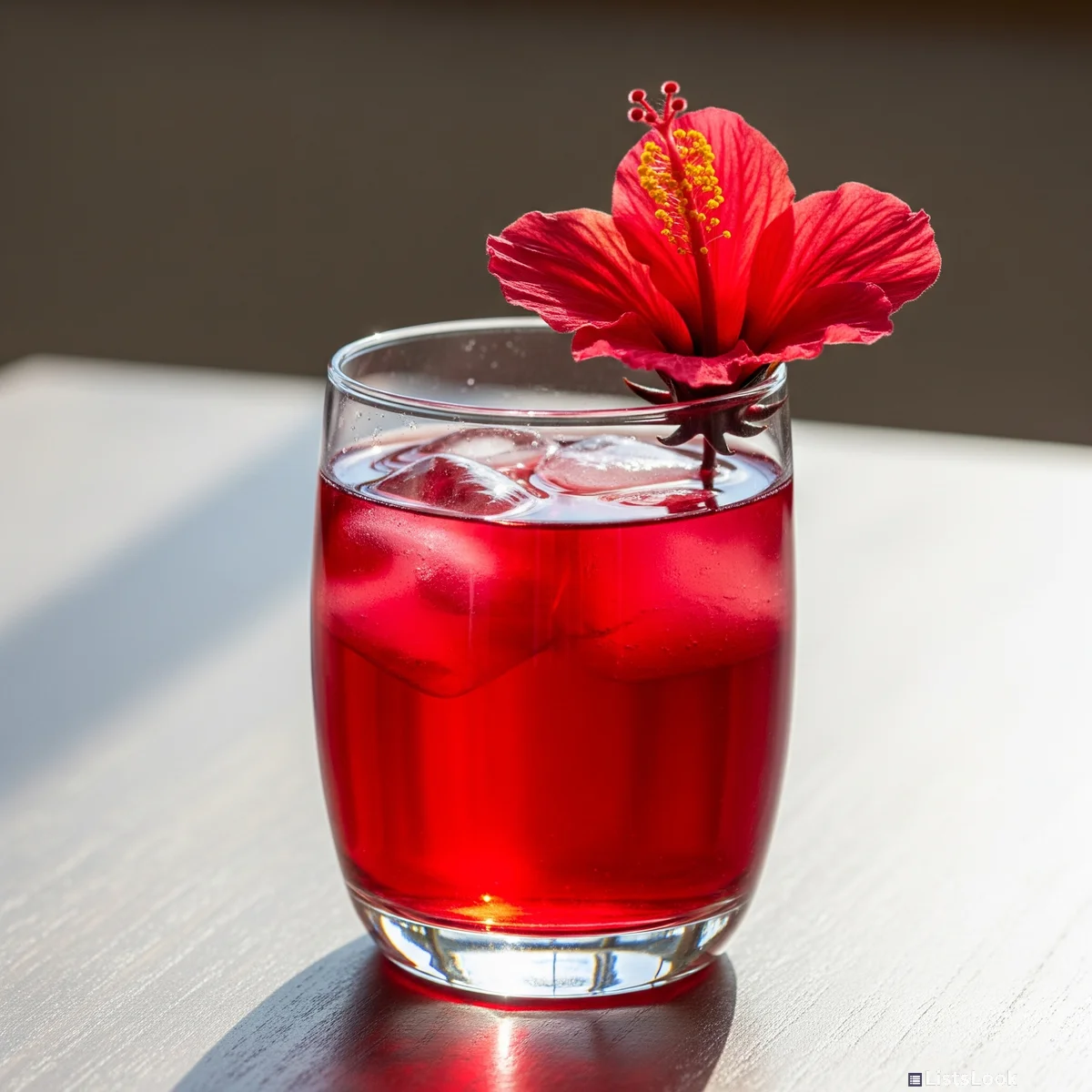
Hibiscus flowers boast a tart, cranberry-like flavor, making them perfect for teas, jams, and syrups. They're a staple in many tropical cuisines and are known for their vibrant red color. Hibiscus tea is incredibly refreshing, offering a naturally sour and floral drink.
You can also use dried hibiscus petals in desserts or as a natural food coloring. When buying dried hibiscus, ensure it is food grade and sourced from a reputable supplier. This flower is surprisingly versatile!
Comments
Loading comments...